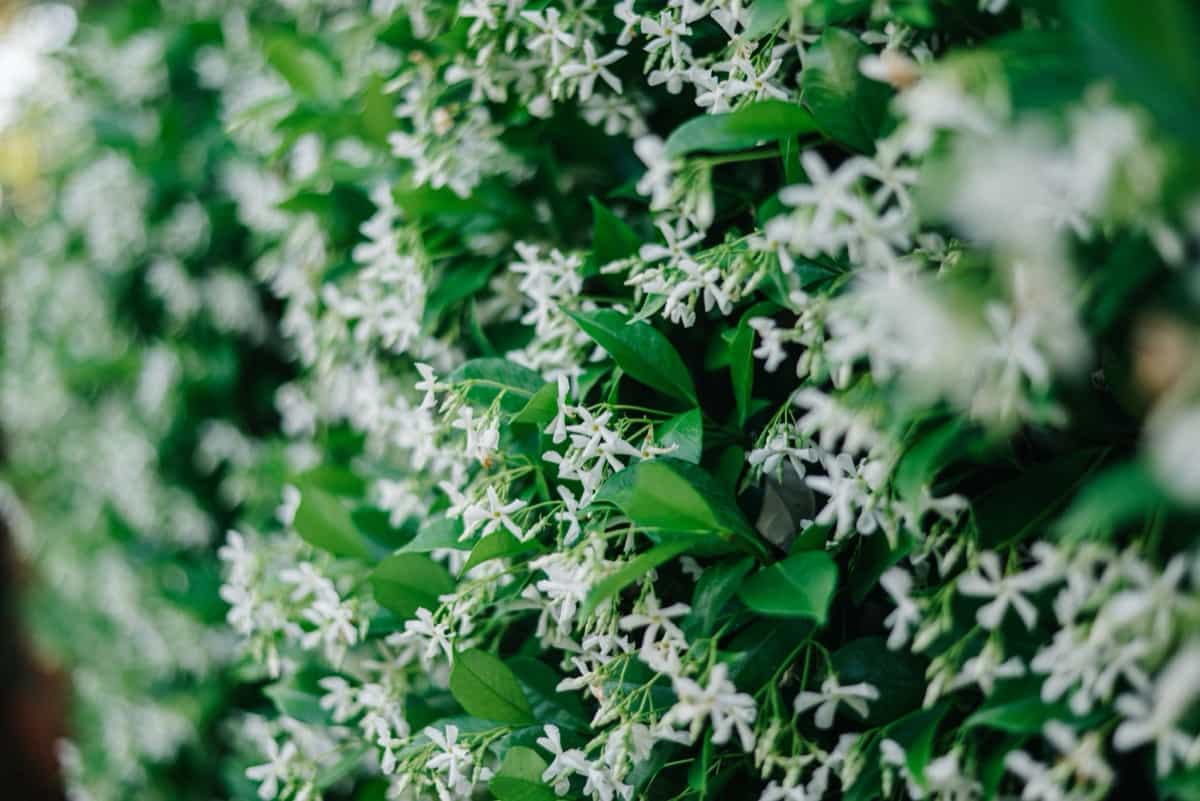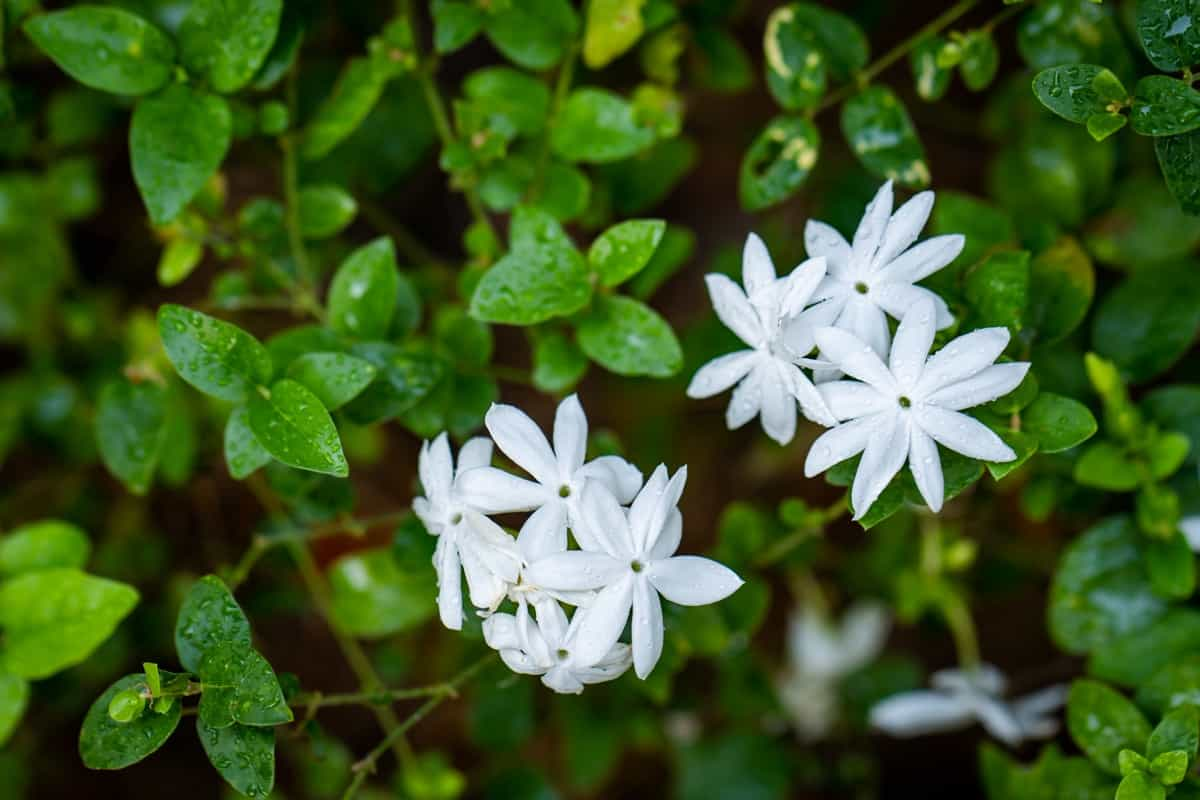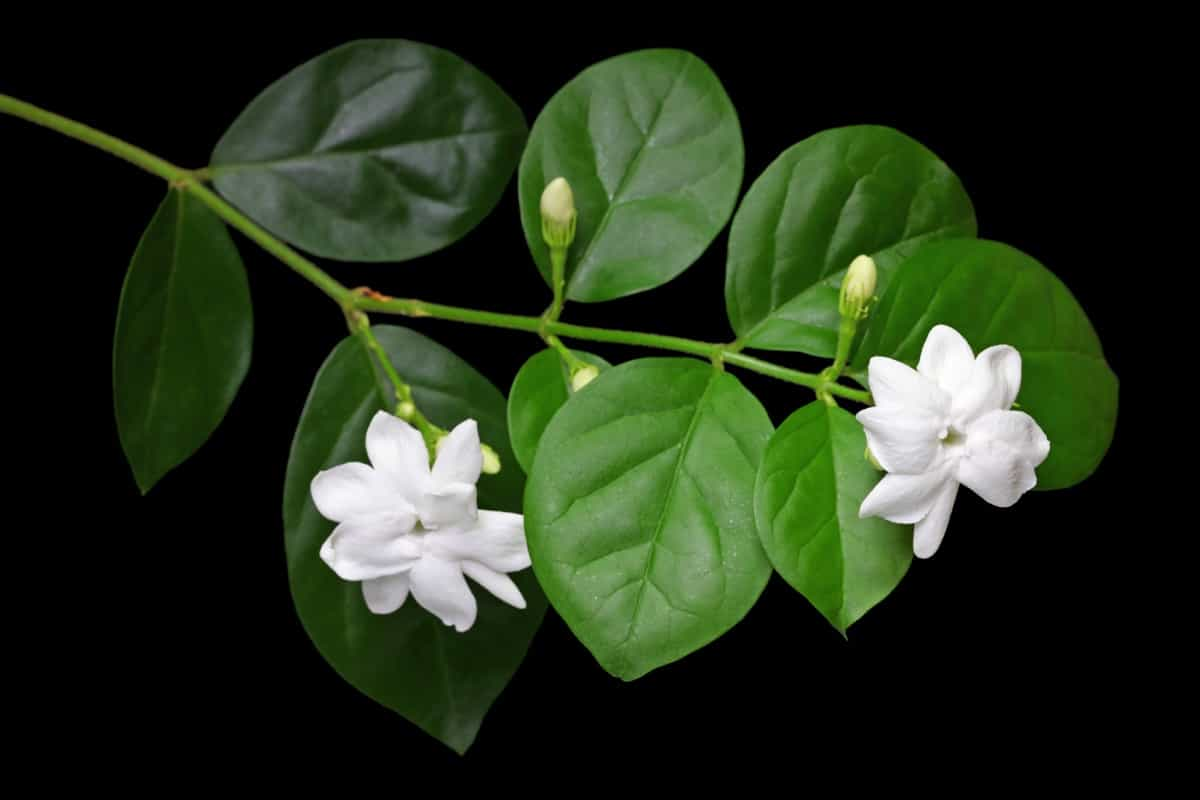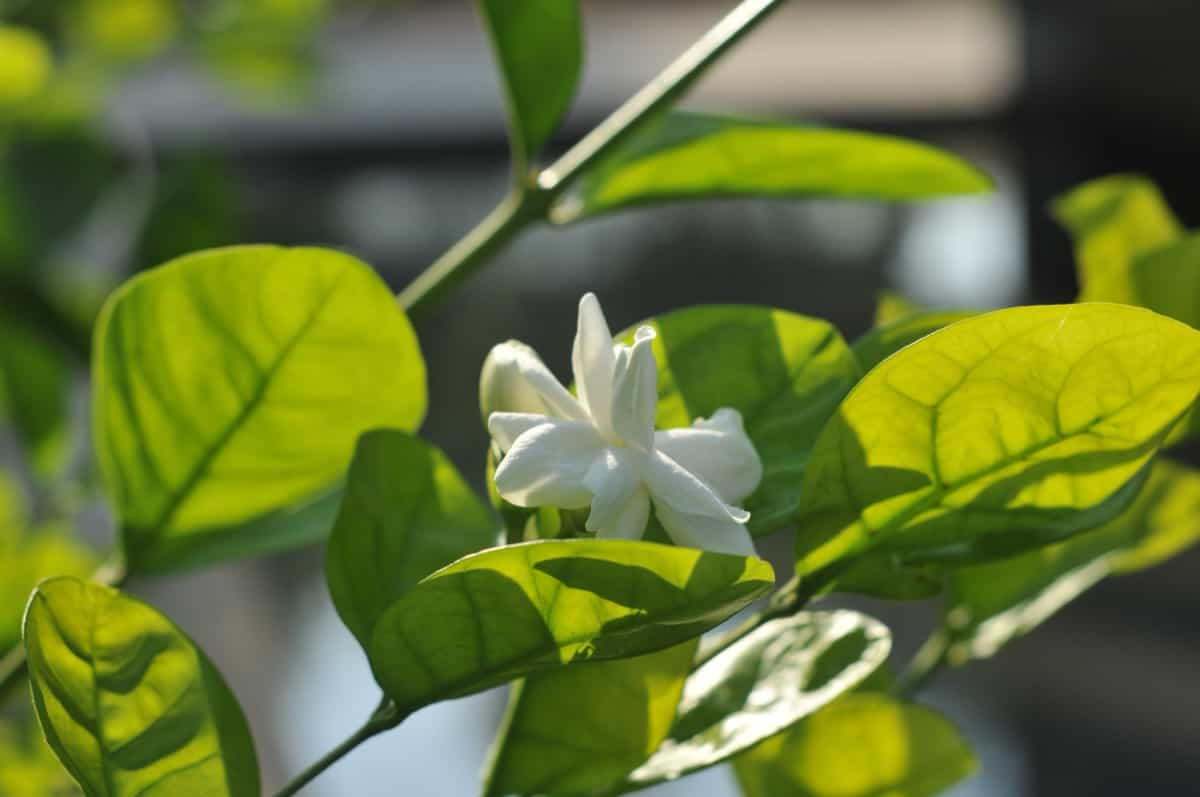Jasmine, scientifically known as Jasminum officinale, belongs to a diverse genus comprising around 200 species of shrubs and vines that captivate with their aromatic flowers. These beauties are part of the olive family (Oleaceae), adding a touch of elegance wherever they grow. Propagating Jasmine plants is an art that allows you to create more of these beautiful and fragrant flowers.

Benefits of Propagating Jasmine Plants
The benefit is the ability to expand your garden or indoor plant collection without having to spend a lot of money on buying new plants. By propagating Jasmine, you can create multiple plants from just one original specimen, saving you both time and resources. Another benefit is the joy of watching your propagated Jasmine grow and thrive under your care.
Additionally, propagating Jasmine allows you to experiment with different propagation techniques, honing your gardening skills and knowledge along the way. Moreover, by propagating Jasmine plants, you have the opportunity to share the beauty of these fragrant flowers with friends and family.
Selecting the Right Jasmine Varieties for Propagation
- Jasminum officinale (Common Jasmine): This variety is a classic choice for gardens, known for its sweet fragrance and delicate white flowers.
- Jasminum grandiflorum (Spanish Jasmine): With larger blooms and a strong scent, this variety adds a touch of elegance to any setting.
- Jasminum sambac (Arabian Jasmine): This variety boasts small, star-shaped flowers with an intense floral aroma, ideal for creating a romantic atmosphere.
- Jasminum polyanthum (Pink Jasmine): This variety features pink buds that open into white blossoms, perfect for adding color to your garden while filling the air with its pleasant scent.
- Jasminum nudiflorum (Winter Jasmine): A cold-hardy variety that blooms in winter, bringing brightness and fragrance to dreary days.
Propagation by Seeds: Step-by-Step Guide
To start the process, gather fresh Jasmine seeds from mature plants during the blooming season. Clean them to remove any debris. Next, prepare a well-draining potting mix by combining equal parts peat moss and perlite. Plant the Jasmine seeds about ½ inches deep in small pots filled with the potting mix. Water gently after planting to ensure good moisture levels for germination. Locate the pots in a warm, sunny location where they can receive indirect sunlight throughout the day. Keep the soil moist but not waterlogged during this crucial germination period.
In case you missed it: 11 Strategies to Make Jasmine Plants Bloom: Practical and Proven Methods

Propagation by Stem Cuttings: Methods and Tips
This method is one of the most common and successful ways to expand your garden. Begin by selecting a healthy stem from an established plant. For optimal success, make sure it’s free from diseases or pests. Using a sharp and clean pair of pruners, take a cutting that is around 6 inches long with two sets of leaves.
Remove the bottom set of plant leaves and dip the cutting in hormone powder to encourage root growth. Plant the Jasmine cutting in a well-draining potting mix, ensuring that it stays moist but not waterlogged. Place the potted Jasmine cutting in a bright place, but avoid direct sunlight as it can stress the plant. Keep an eye on its progress by gently tugging on it after a few weeks – if there is resistance, roots are forming.
Layering Techniques for Jasmine Propagation
Layering is an effective technique for propagating Jasmine plants. It involves bending a low-growing plant stem down to the ground and covering it with soil while still attached to the mother plant. This method allows the stem to develop roots while receiving nutrients from the parent plant.
To start layering, select a healthy and flexible stem close to the ground. Please make a small wound on the underside of the stem where it will come in contact with soil. Dust some rooting hormone on this area before burying it in moist soil. Ensure that you keep the soil moist throughout the process, as this will encourage root development. After a few weeks or months, depending on environmental conditions, you can check for root growth by gently tugging on the layered stem.
Grafting and Budding Methods for Jasmine
Jasmine grafting involves joining a piece of one plant onto another compatible plant to combine their strengths. Budding is similar but involves inserting a bud instead of a stem. For grafting, select a healthy rootstock plant and make a diagonal cut on the stem. Then, make a matching cut on the scion (the part you want to graft) and join them carefully together. Secure with tape or grafting compound.
Budding requires making a T-shaped incision in the rootstock’s bark, where you will insert the bud from the desired Jasmine variety. Seal it well with tape to promote healing and growth. Both methods require precision and patience but can yield excellent results in creating unique Jasmine plants that thrive in your garden.
Soil and Nutrient Requirements for Propagating Jasmine
Jasmine plants thrive in well-draining soil with a slightly acidic pH level is about 6.5-7.5. Sandy loam and organic matter mix creates an ideal environment for root development. Adding perlite to the soil mixture improves aeration and drainage, preventing waterlogging that can harm young Jasmine seedlings.
In case you missed it: How to Plant Jasmine from Cuttings: A Complete Growing Guide for Beginners

Nutrient-rich soil is essential for healthy growth. Incorporating a balanced fertilizer high in phosphorus promotes strong root development and encourages abundant flowering. During the growing season, feeding your young Jasmine plants with a slow-release fertilizer every 4-6 weeks provides them with the necessary nutrients to flourish.
Caring for Young Jasmine Plants: Watering and Fertilizing
Proper watering the Jasmine is essential for the healthy growth of these delicate plants. Remember that the soil must be evenly moist but not waterlogged, as Jasmine roots are susceptible to rot in soggy conditions. Water your flower plant when the top inch of soil feels dry to the touch. During hot summer months, you may need to water more frequently to prevent dehydration.
However, be cautious not to overwater the Jasmine plant, as this can lead to root suffocation and other issues. When it comes to fertilizing your young Jasmine plant, opt for a balanced fertilizer specifically formulated for flowering shrubs. Apply the fertilizer according to package instructions during the growing season, typically spring through fall. Over-fertilizing can harm your plant, so always follow dosage recommendations carefully.
Best Practices for Transplanting Jasmine Seedlings
Transplanting Jasmine seedlings is a crucial step in ensuring their successful growth and development. When moving your young plants to a larger pot or garden bed, it’s important to handle them with care. Carefully remove the Jasmine seedling from its current container, being gentle with the roots to avoid damage. Plant it at the same depth as before and water thoroughly to help settle the soil around the roots.
In case you missed it: 13 Common Jasmine Plant Problems: How to Fix Them, Solutions, and Treatment

To promote healthy growth post-transplant, provide adequate sunlight and regular watering while avoiding overwatering which can lead to root rot. With proper care and attention during this critical phase, your Jasmine seedlings are sure to thrive in their new environment. Learning propagation techniques is important because it allows you to expand your garden, share plants with friends, or even start a small business selling Jasmine varieties.
- Best Liquid Fertilizer for Flowering Plants
- How to Set Up an Efficient Watering System for Home Garden
- How to Mulch Tulip Bulbs: Expert Tips Best Tulip Blooms
- Common Problems with Potted Figs and How to Solve Them
- How to Prevent Flower Drops in Pomegranate Trees: Effective Tips
- How to Boost Ridge Gourd Flowering and Yield: A Beginner’s Guide
- Effective Pollination Techniques for Maximizing Gourds Yield
- Composting Techniques for Manure in Home Gardens
- A Step-by-Step Guide on Propagation Techniques for Jasmine Plants